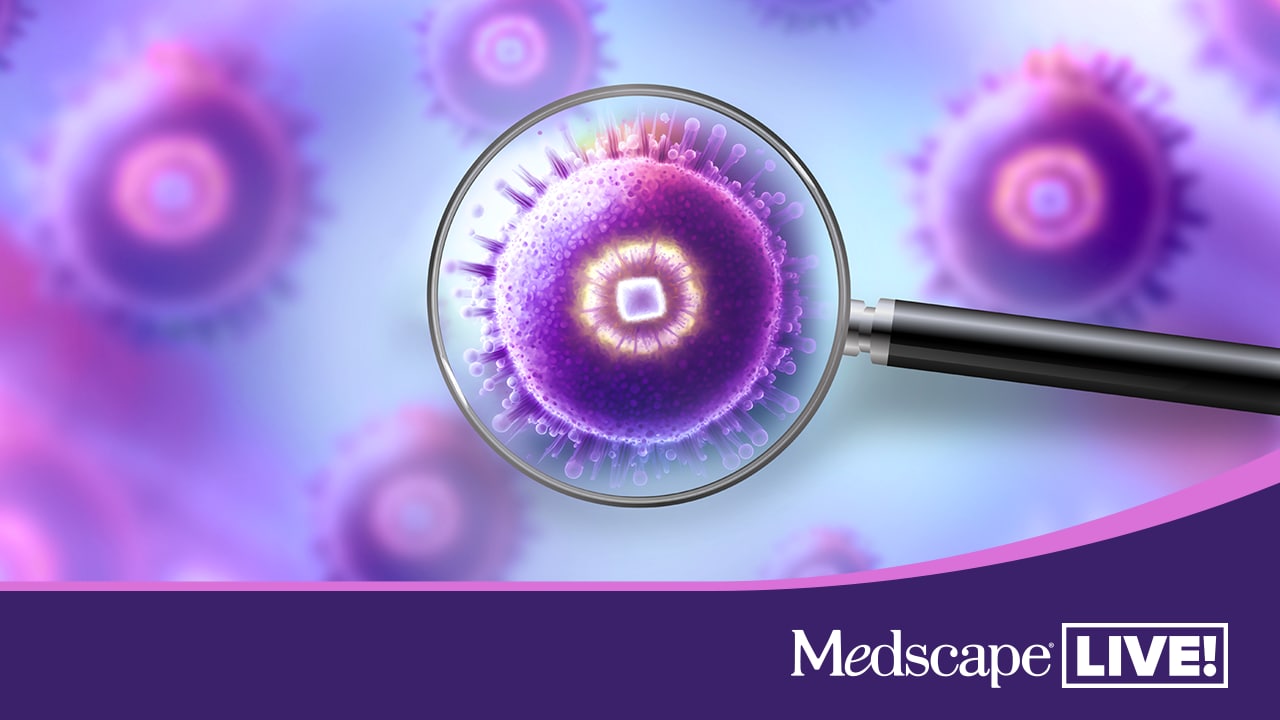Abstract and Introduction
Abstract
Background An AS03-adjuvanted H5N1 influenza vaccine elicited broad and persistent immune responses with an acceptable safety profile up to 6 months following the first vaccination in children aged 3–9 years.
Methods In this follow-up of the Phase II study, we report immunogenicity persistence and safety at 24 months post-vaccination in children aged 3–9 years. The randomized, open-label study assessed two doses of H5N1 A/Vietnam/1194/2004 influenza vaccine (1·9 μg or 3·75 μg hemagglutinin antigen) formulated with AS03A or AS03B (11·89 mg or 5·93 mg tocopherol, respectively). Control groups received seasonal trivalent influenza vaccine. Safety was assessed prospectively and included potential immune-mediated diseases (pIMDs). Immunogenicity was assessed by hemagglutination-inhibition assay 12 and 24 months after vaccination; cross-reactivity and cell-mediated responses were also assessed. (NCT00502593).
Results The safety population included 405 children. Over 24 months, five events fulfilled the criteria for pIMDs, of which four occurred in H5N1 vaccine recipients, including uveitis (n = 1) and autoimmune hepatitis (n = 1), which were considered to be vaccine-related. Overall, safety profiles of the vaccines were clinically acceptable. Humoral immune responses at 12 and 24 months were reduced versus those observed after the second dose of vaccine, although still within the range of those observed after the first dose. Persistence of cell-mediated immunity was strong, and CD4+ T cells with a TH1 profile were observed.
Conclusions Two doses of an AS03-adjuvanted H5N1 influenza vaccine in children showed low but persistent humoral immune responses and a strong persistence of cell-mediated immunity, with clinically acceptable safety profiles up to 24 months following first vaccination.
Introduction
The evolution of avian influenza A/H5N1 strains with the potential to cause a human pandemic represents a serious threat to public health; thus, pandemic preparedness against A/H5N1 strains is paramount. Children are particularly vulnerable to morbidity and mortality associated with novel influenza A viruses because they lack previous exposure to influenza viruses and vaccines and, therefore, lack heterosubtypic immunity. In addition to the susceptibility to infection represented by immune naivety, viral transmission may be more extensive in children than adults because younger people shed viruses at high titers for long periods and have extensive social contact networks.[1,2]
Pandemic vaccines should provide antigen-sparing, cross-reactive immunogenicity allowing the use of prime-boost strategies and should be suitable for use in children because this group is important in viral transmission.[1,2] Various prototype H5N1 influenza vaccines are licensed, which have been developed using antigens against prevalent avian influenza strains identified by global surveillance.[3–5] One such vaccine is Prepandrix™ (GlaxoSmithKline [GSK] Vaccines), containing A/Indonesia/05/2005 formulated with an oil-in-water Adjuvant System (AS03), which has been shown to provide strong, durable, cross-clade immune responses in adults.[6] In addition, we previously reported the results of a Phase II, randomized, open-label study in children aged 3–9 years and showed that two doses of H5N1 (A/Vietnam/1194/2004) vaccine containing 1·9 μg or 3·75 μg of hemagglutinin antigen (HA) adjuvanted with two different dosages of AS03, elicited strong antibody responses against the vaccine and drifted strains.[7]
In this study, we present the follow-up results of the Phase II, randomized, open study of AS03-adjuvanted H5N1 A/Vietnam/1194/2004 vaccine in children aged 3–9 years. We prospectively monitored safety for up to 24 months post-vaccination and assessed the persistence of immune responses at 12 and 24 months based on hemagglutination-inhibition (HI) antibody titers and cell-mediated immunity (CMI).
Influenza Resp Viruses. 2015;9(2):68-77. © 2015 Blackwell Publishing








